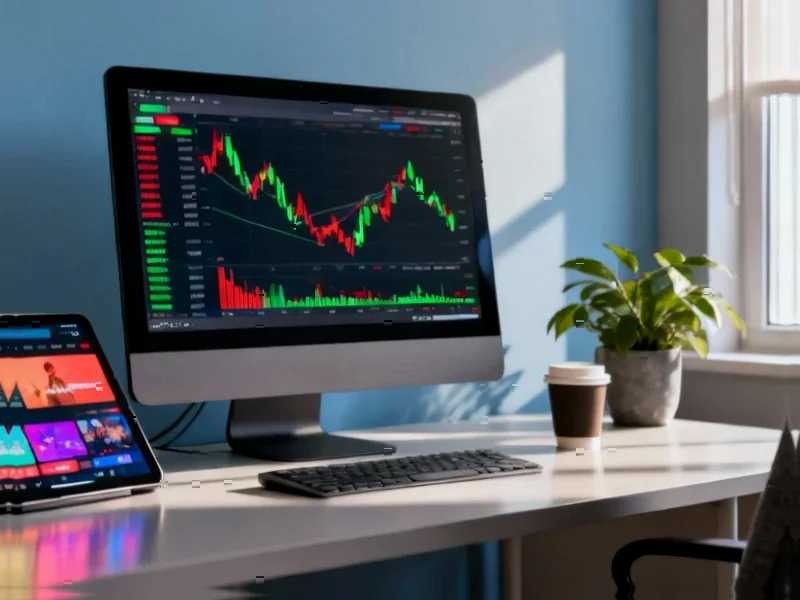According to Forbes, Cisco Systems has delivered an astonishing $143 billion back to shareholders over the past decade through dividends and stock buybacks, ranking as the 12th most significant capital return in market history. While the company’s growth has slowed compared to high-flying tech names, its cash-generation capabilities have made it a powerhouse for shareholder returns. The analysis highlights that Cisco has experienced significant volatility despite its reliability, including an 86% drop during the Dot-Com crash, 60% decline in the Global Financial Crisis, and more recent drops of 37% during inflation surges and 34% amid COVID. The report suggests that high capital returns may come at the cost of growth potential, noting that rapidly growing companies like Meta and Microsoft return significantly smaller proportions of their market cap to shareholders.
The Mature Tech Transformation
Cisco’s $143 billion capital return represents a fundamental shift in the technology sector’s lifecycle. We’re witnessing established infrastructure companies transitioning from growth engines to value creators, essentially becoming the “utilities” of the digital age. This mirrors patterns seen in other mature industries where consistent cash flow generation and shareholder returns become prioritized over explosive growth. The company’s revenue comparison data likely shows stabilization rather than the hockey-stick growth curves investors expect from emerging tech companies.
Competitive Landscape Implications
This capital return strategy creates a fascinating competitive dynamic. While Cisco focuses on rewarding shareholders, newer networking competitors like Arista Networks and Juniper are reinvesting heavily in next-generation technologies. The risk for Cisco is becoming the “legacy” player while more agile competitors capture emerging markets in cloud networking, software-defined wide area networks (SD-WAN), and security. However, Cisco’s massive scale and installed base provide a defensive moat that allows this shareholder-friendly strategy to continue, even as valuation ratios reflect this more conservative approach.
Investor Strategy Evolution
The $143 billion return highlights a critical bifurcation in tech investing. Growth investors seeking exponential returns are increasingly looking elsewhere, while income and value investors find Cisco’s consistent returns appealing. This creates a self-reinforcing cycle where buybacks support the stock price and dividends provide yield, attracting a different investor base than the company had during its high-growth phase. The challenge for management is balancing these returns with sufficient R&D investment to avoid technological obsolescence.
Market Ripple Effects
Cisco’s approach is influencing other mature tech companies facing similar growth challenges. We’re seeing IBM, Oracle, and even parts of Intel adopt similar capital return strategies as their core markets mature. This creates a new category of “tech value stocks” that behave more like traditional industrial companies than Silicon Valley disruptors. For customers, this means more predictable product cycles but potentially slower innovation adoption, creating opportunities for newer competitors to fill innovation gaps.
Sustainability Concerns
The critical question remains whether Cisco can maintain this level of capital return while funding necessary transitions to software-defined networking and security. The company faces pressure from cloud providers who are increasingly offering networking-as-a-service, potentially disintermediating traditional hardware sales. If Cisco’s cash flows begin to decline, the massive buyback and dividend programs could become unsustainable, forcing difficult choices between maintaining shareholder returns and funding necessary transformation investments.




